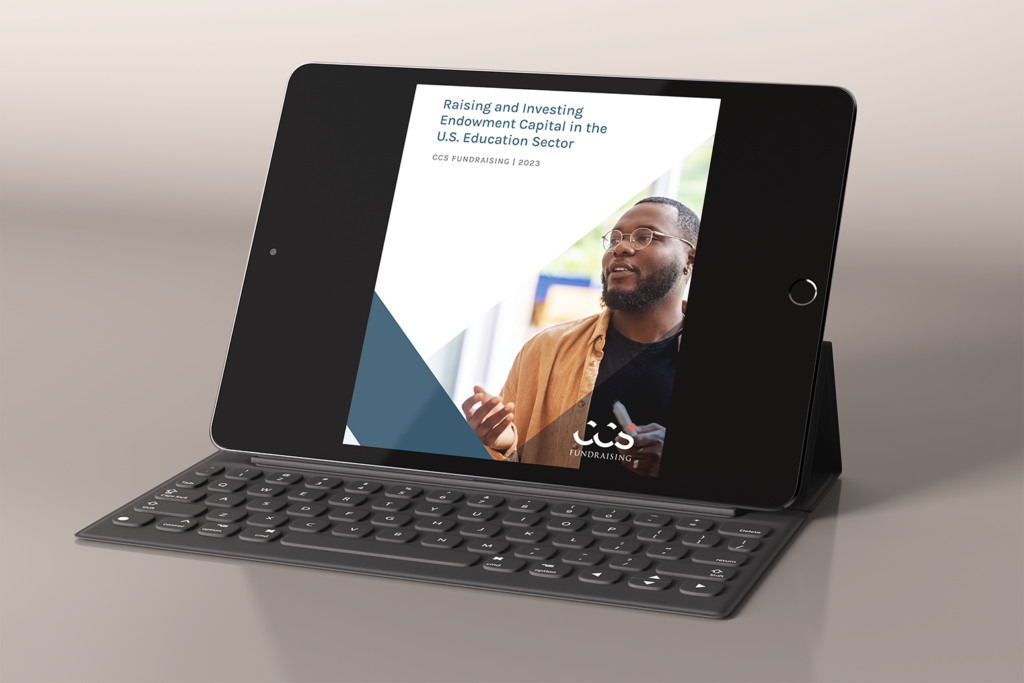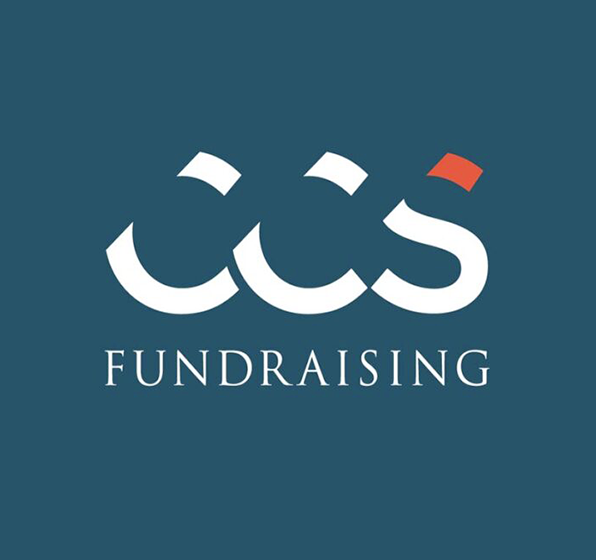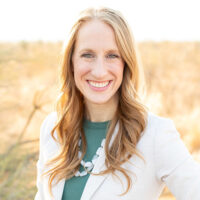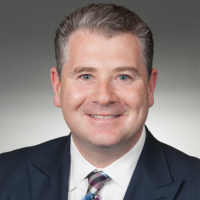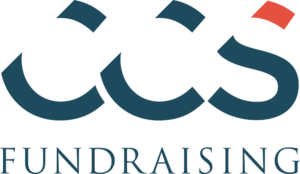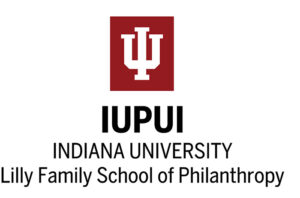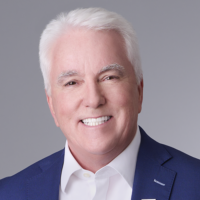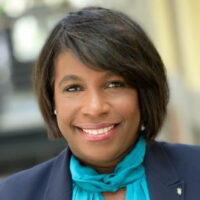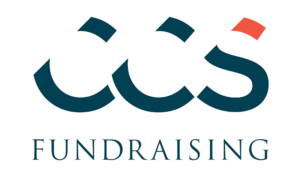Over the past several years, foundation giving has grown as a share of total giving across the U.S. CCS Fundraising’s 2022 Snapshot of the Philanthropic Landscape revealed that foundations have increased overall funding and expanded grantmaking strategies to include unrestricted funding. In fact, giving by foundations experienced a 39% increase from 2019 to 2022, and in 2022, foundation giving accounted for 21% of all charitable contributions.
As foundation support steadily increases, nonprofits should understand the differences between the various foundation-based entities and how grantmaking engagement differs across each. Many nonprofits try to engage grantmaking foundations by sending standard letters of inquiry without taking the time to strategize the best approach for each foundation type. This one-size-fits-all process is rarely successful in securing funding, and it does nothing to build enduring relationships between grantors and your organization.
When approaching an institution, fundraising best practices still apply — people give to people. While foundations vary from large operating to smaller private foundations, each plays a role in the ecosystem. Understanding the subtleties enables organizations to stand out among other applicants.
What is a foundation?
A foundation is a nongovernmental nonprofit organization with its own funds or endowments, managed by trustees or directors, and typically created to benefit educational, charitable, social, religious, or other activities serving the common good. The US Federal Government is technically the nation’s largest grant maker.
The many foundation types include the following:
Public Foundations
This foundation type receives at least 1/3 of its annual income from the public, including government agencies and other foundations, and may make grants or engage in charitable activities. The IRS recognizes public foundations, along with community foundations, as public charities. Their primary focus is grant making, although they may provide direct charitable services to the public like other nonprofits.
Private Foundations
This type is a nongovernmental nonprofit organization with funds (usually from a single source, such as an individual, family, or corporation) and programs managed by trustees or directors to maintain or aid social, educational, religious, or other charitable activities serving the common welfare, primarily through grantmaking. US private foundations are tax-exempt under Section 501(c)(3) of the Internal Revenue Code and IRS, classified as a private foundation as defined in the code. These entities are additionally required to submit a 990-PF each year.
Corporate Foundations
This type derives grantmaking funds primarily from a profitable business’s contributions. The company-sponsored foundation often maintains close ties with the donor company. Still, it is legally separate, sometimes with its own endowment, and subject to the same rules and regulations as other foundations.
Over 2,000 corporate foundations in the US hold some $11 billion in assets. Also known as a company-sponsored foundation, corporate foundation funds differ from corporate giving programs that often allocate funds through marketing, event sponsorships, employee volunteering programs, and other initiatives.
Government Grantors
A government grantor provides financial support to nonprofits through local, state, or federal grant funding and typically has specific objectives and funding priorities. Nonprofit organizations can apply for government grants to support various programs and initiatives, such as community development, healthcare, education, and environmental conservation.
Government grantors are crucial in supporting nonprofit work, helping organizations expand their reach, enhance impact, and address pressing societal needs. Additionally, government grants often have reporting and accountability requirements to ensure public funds transparency and responsible use. For example, the Community Development Block Grant (CDBG) and HRSA’s Ryan White HIV/AIDS Program are government grants.
Note that the Federal Government will often use pass-through organizations to sub-grant out dollars; for instance, a city’s health department or housing department may receive a grant, disperse funding, and oversee the grantee’s performance.
Operating Foundations
An operating foundation is endowed and private, using most of its income to provide charitable services or run charitable programs, such as a school or summer camp. Operating foundations make few, if any, grants to outside organizations and must follow specific and applicable private foundation rules to qualify as an operating foundation. For example, the Carnegie Endowment for International Peace and the J. Paul Getty Trust are operating foundations. This foundation type is also called a private operating foundation.
Other Foundation Types
- A Limited Purpose Foundation restricts giving to one or very few areas of interest, such as higher education or medical care.
- A Special Purpose Foundation is private with focused grantmaking activities on one or a few interest areas instead of a general-purpose foundation.
- A Virtual Foundation has transitioned from grantmaking by mail and face-to-face meetings to grantmaking by email and internet transfers. It exists only on the internet and is able to transfer money from philanthropists to organizations globally.
Guide to successful foundation engagement
We know that people are philanthropically generous and give to other people, so while foundation entities differ in support strategies and funding, remember that people run these grantmaking organizations. Building rapport and relationships with foundation leaders and liaisons better positions your organization for success.
So how do you get your foot in the door?
Research
Foundation engagement starts with research. You should first investigate the foundation’s focus areas, funding priorities, geography, and past grant recipients to understand how their projects and goals align with foundation interests. This research will allow your organization to tailor proposals, which can increase the chances of receiving funding. Additionally, understanding the foundation’s values, criteria, and application process will help save time and effort by prioritizing the submission of proposals to only the most relevant and compatible funders.
Other than filing a 990-PF, foundations are not required to have a website or social media presence, so finding information on some grantmaking entities may be challenging. However, researching a foundation allows you to know that you have made the best effort to make informed decisions, maximize your chances of success, and set your organization up to build a strong partnership with an aligned foundation for the long term.
Event Attendance
Next, if the foundation aligns with your organization’s work, consider attending its informational sessions or webinars to gain insights into the application process and funding requirements. Not all foundations offer these opportunities, but regularly attending events and webinars will help you understand your sector’s philanthropic landscape. This will also demonstrate your interest and allow you to meet and get to know funders.
You should also contact the foundation’s program officers or staff to introduce your organization and project and to ask questions. Introductory conversations should focus on listening rather than pitching; learn the foundation’s values and priorities before offering a generic pitch. Building relationships and networking within the foundation can provide valuable guidance and increase your chances of success.
Letter of Inquiry
Once you fully understand the foundation and how its priorities align with your organization’s work, consider submitting a brief, customized letter of inquiry (LOI) or concept paper to gauge the foundation’s interest and receive feedback before investing significant time and effort into a full grant proposal. Some foundations have a formal process and an online portal, while others may only provide a mailing address.
Customizing your letter of inquiry and subsequent proposal:
- Demonstrates a genuine understanding of the foundation’s mission and funding focus
- Increases your chances of appealing to decision-makers
- Clearly articulates how your organization’s work aligns with foundation goals
- Showcases the project’s relevance and impact
- Proves your commitment and effort, and…
- Highlights your professionalism and dedication to the cause
Ultimately, crafting a proposal specially written to appeal to one foundation shows respect for the foundation’s individuality and increases the likelihood of securing funding. In many cases, the extra time and effort you take to find the best foundation fit will pay off in the long run. Once you have built a relationship with the foundation’s people and become true partners working toward the same goals and outcomes, your alignment will make applying for renewed funding to continue making a joint impact easier.
Respecting a Foundation’s Guidelines Leads to Greater Success
You may be inclined to access a foundation via its board members, especially if your organization has connections to them. This approach can be risky. While it is often helpful to enlist the help of your well-connected board members to gather information and strategize an approach to a foundation, when it comes to seeking funding, it is always best to adhere to the foundation’s published guidelines. This is especially true of those foundations with staff and an inquiry process included on their website — circumventing the set path and procedures could jeopardize partnership opportunities.
Instead, follow the initial steps in this article to lay the groundwork for a productive and mutually beneficial partnership between your organization and the foundation.
While this article offers a basic overview of the foundation landscape, a strategic approach and tailored messaging is paramount.
Are you seeking to partner with a foundation or funding for your own foundation?
Learn about our work with this sector.
More Insights
April 19, 2024
Today’s nonprofits need to increase and diversify their revenue streams for sustainability. This article will help you learn how to make the most of your fundraising efforts.
April 18, 2024
Fundraising events can bolster your nonprofit’s giving strategy if you plan and execute them effectively. Drive donor engagement, retention, and, ultimately, giving to your organization with our fundraising event tips.
